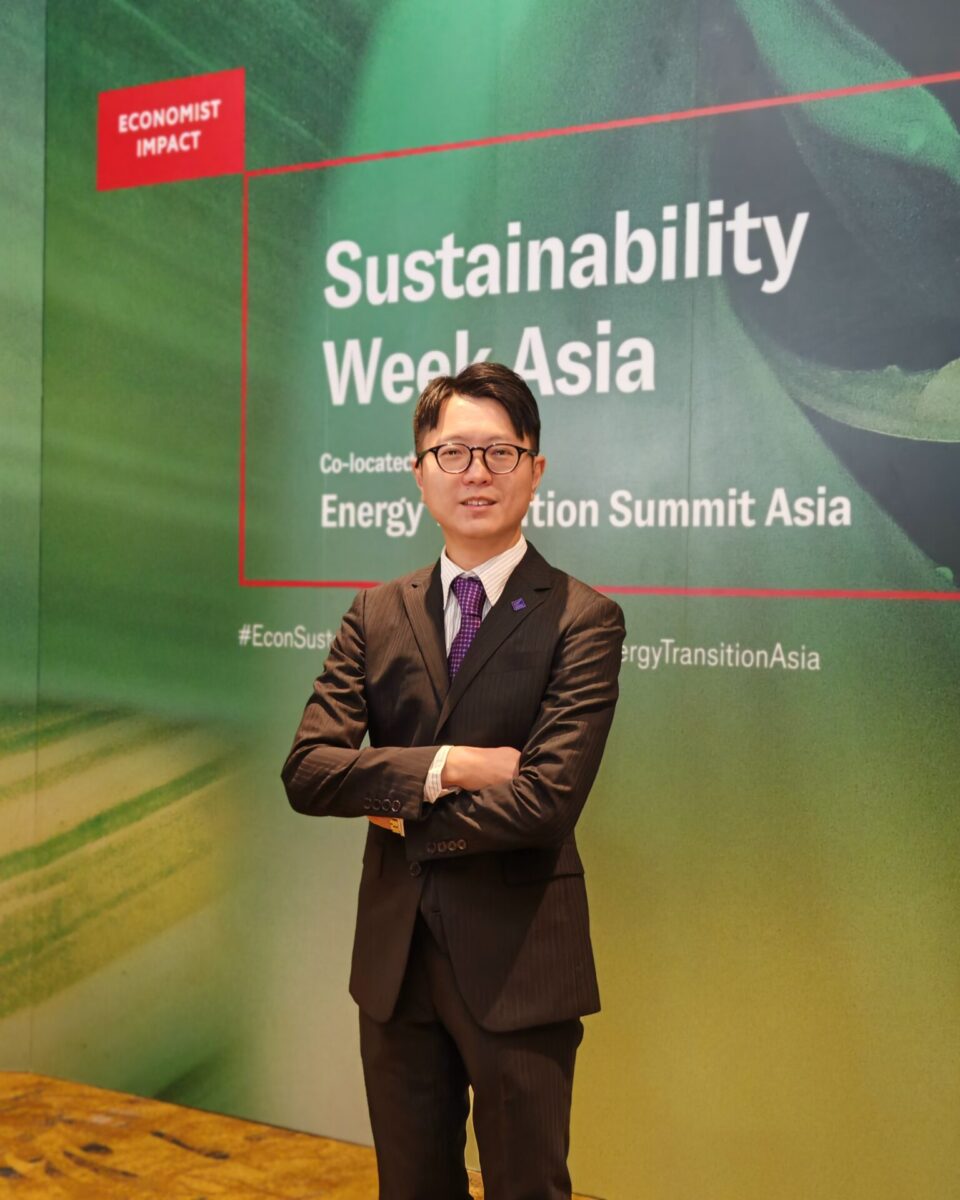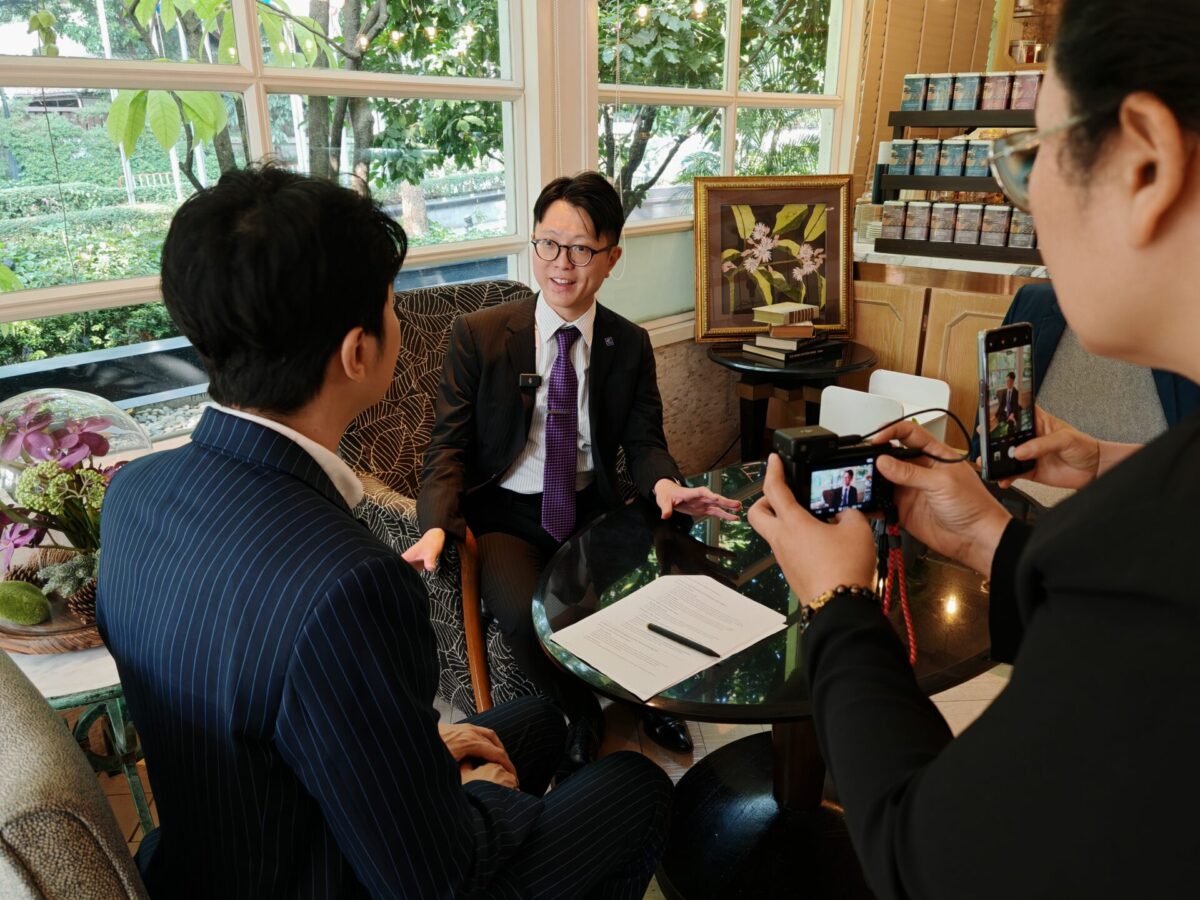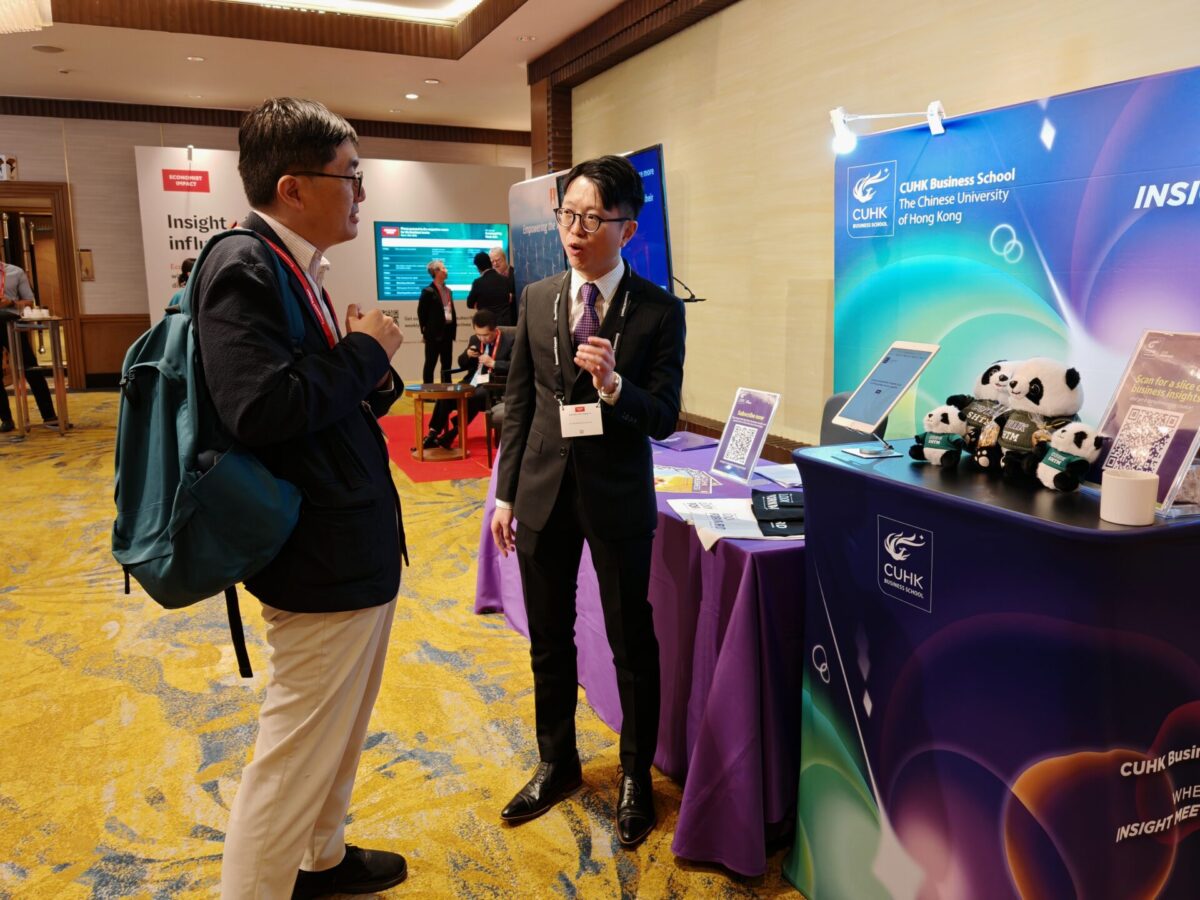Securing the future: strategies for sustainable pensions

In a world reshaped by demographic shifts and economic volatility, the sustainability of pension systems is an increasingly critical challenge.
The Asia-Pacific (APAC) region is contending with the dual pressures of rising life expectancy and declining fertility rates. By 2050, over a quarter of the population —1.3 billion people— will be aged 60 or over, doubling from 630 million in 2020. Japan currently holds the title of the world’s most-aged society, with 29.3 per cent of its population aged 65 or older in 2024. South Korea and Thailand follow closely, each nearing the 20 per cent mark, while China’s elderly now constitute 15.4 per cent of its population. Hong Kong is projected to have the world’s oldest population by 2050, with 40 per cent of its residents aged 65 or older.
“In the APAC region, life expectancy has increased by three years in just one decade. At the same time, declining birth rates have fallen below replacement levels, leading to a larger elderly population dependent on a shrinking workforce. The economic implications are vast,” explains Professor Johnny Li, Tan Bingzhao Professor of Actuarial Science at the Chinese University of Hong Kong (CUHK) Business School, during the Economist Impact’s Sustainability Week Asia conference held in Bangkok on 25-26 March.
Rethinking pensions for lasting security
As the demographic imbalance continues to intensify, Professor Li underscores that ensuring pension sustainability will be key to providing economic security for governments, the private sector, and individuals.
Governments face heightened vulnerabilities in pay-as-you-go (PAYG) systems, which rely on current workforce contributions to fund retiree benefits. Defined-benefit schemes, widely embraced in some developed countries for their guaranteed lifetime payouts, are increasingly strained by the challenges posed by rising longevity and economic volatility.
“With fewer workers paying taxes and increased demand for services, the PAYG model’s sustainability is threatened. For pension plans, longer life expectancies mean extended payouts, jeopardising financial viability. For individuals, ageing populations challenge the certainty of maintaining a stable standard of living and meeting basic needs throughout their lifetimes,” says Professor Li.
Mitigating longevity risk with innovation
His research highlights longevity risk—the trend of increasing life expectancy—which significantly impacts defined-benefit pension schemes. Economic volatility, such as falling interest rates, exacerbates this issue by increasing the present value of future pension liabilities, further straining financial resources.
Innovative strategies offer promising remedies. Transferring longevity risk to capital markets through life expectancy-linked financial instruments allows pension funds to reduce exposure and gain stability.
As Professor Li explains, “One recent and innovative solution is to transfer the risk, and that can be done by trading securities that are linked to life expectancy. For example, the ‘longevity bond’ functions much like an ordinary bond in the financial market, except that its return is higher if life expectancy is higher. If a pension plan would like to mitigate its longevity rate structure, it may choose to buy some longevity bonds, which will provide a higher return to offset, to defray, the correspondingly larger pension liability.” By adopting these bonds, pension funds can better align their assets with their liabilities, creating a more sustainable future.
Securing individual futures
Professor Li advocates for a proactive approach among individuals, stressing the importance of early and strategic planning in securing long-term financial stability. He highlights the need for individuals to understand employment-related pension plans thoroughly, enabling informed decisions.
“I think a sustainability-conscious customer should plan early and carefully and be aware of the tools and resources that are available. For example, some of us are covered by employment-related pension plans. But I believe that most people do not really know what they are. It will be a good idea to understand these plans before making an investment decision.”
Financial literacy is an essential element of this empowerment. Maximising pension contributions, leveraging government-provided tax incentives, and prioritising risk management help individuals build resilience against unforeseen events. Professor Li stresses the importance of adapting risk profiles as circumstances evolve, particularly as tolerance decreases with age.
“I believe financial literacy is not just about planning an absolute amount of wealth or assets in preparation for retirement. I think the understanding of risk is also very important. At different stages of life, an individual faces different risks—for example, the risks of unemployment, disability, and family emergencies. These have to be planned for on top of financial wealth for retirement,” he adds.
Building pension resilience through private-public partnerships
To address the strain on public pension systems, Professor Li calls for collaboration between governments and the private sector. Policy and regulatory support are crucial for incentivising private pension schemes to adopt risk management tools like longevity bonds. Developing innovative retirement products, such as hybrid pension models with built-in longevity protection, caters to the diverse needs of ageing populations.
The World Bank’s three-pillar framework serves as a guide for building resilient pension systems, highlighting the role of public pensions as a safety net, mandatory private savings in supplementing public pensions, and voluntary savings in empowering individuals to accumulate additional resources for retirement.
Seizing the silver lining
Professor Li concludes with a profound message: ageing populations should not be perceived solely as burdens but as catalysts for reshaping economies and societies. He sees opportunities in expanding employment-related pension schemes and mobilising pension capital to drive sustainable growth. Pension funds, representing a vast pool of capital, can contribute significantly to infrastructure, technology, and sustainable projects, ensuring economic returns while addressing development goals.
“Under the new demographic, the emergence of the silver economy offers tremendous potential to fuel economic growth,” he affirms.
Watch the Spotlight Interview of Professor Johnny Li at Economist Impact’s Sustainability Week Asia 2025:








